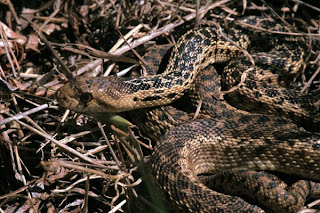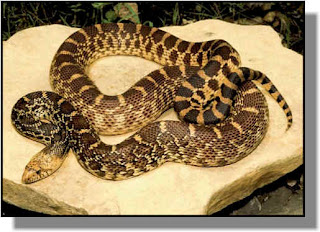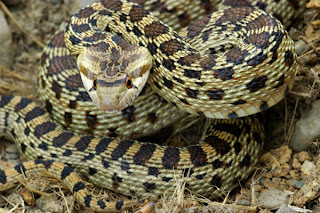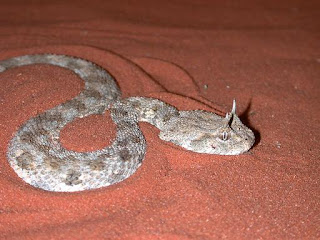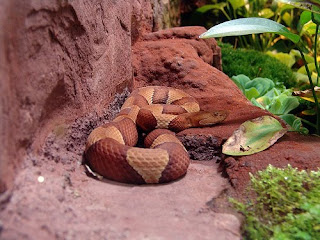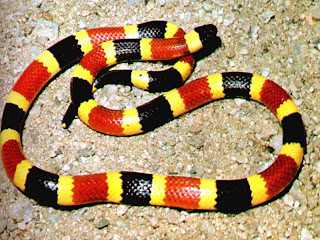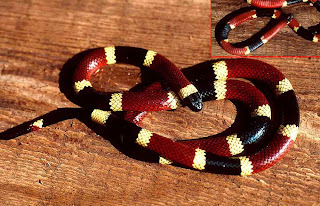Bats are often considered as flying rats, but they are more closely related to primates, including humans, than they are for rats. Bats are unique among mammals because they are flying. Like most other mammals, bats body covered by hair, with the exception of its wings.
Although bats have the same basic arm and hand bones found in humans and mammals in general, hand and finger bones of bats is very long and slender and there are only four digits. Smooth-looking skin between the arms, fingers, body, legs and feet look smooth, but very resistant to torn by sharp objects.
Size can vary greatly among species throughout the world for more than 900 bats, ranging from 0.5 ounces Bumblebee Bat by 6-inch wing span to the Flying Fox with 3.3 lb 80 inch wing span.
Although bats have the same basic arm and hand bones found in humans and mammals in general, hand and finger bones of bats is very long and slender and there are only four digits. Smooth-looking skin between the arms, fingers, body, legs and feet look smooth, but very resistant to torn by sharp objects.
Size can vary greatly among species throughout the world for more than 900 bats, ranging from 0.5 ounces Bumblebee Bat by 6-inch wing span to the Flying Fox with 3.3 lb 80 inch wing span.










